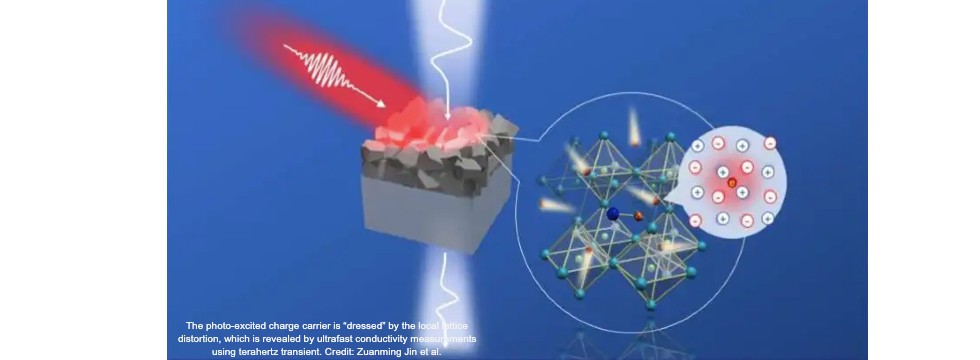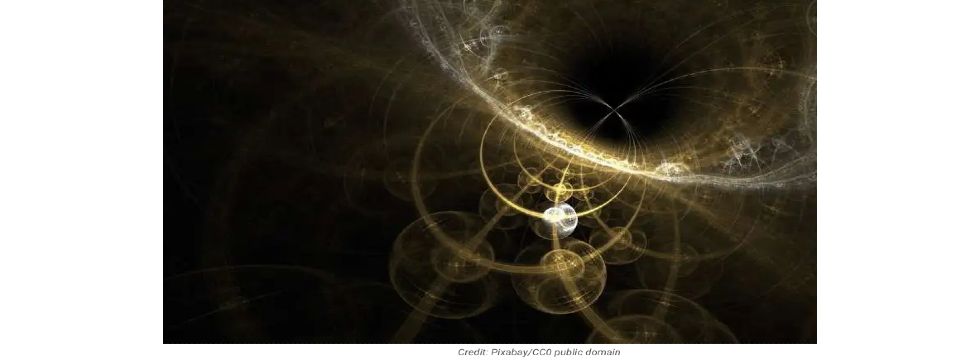New technique allows physicists to study interactions inside of an atom

An international team of physicists has developed a new technique that allows researchers to study the interactions between neutrons inside of an atom. In their paper published in the journal Nature, the group describe their laser spectroscopy measurement technique and how it can be used.
It has been nearly 100 years since scientists discovered that inside of every atom are protons which give atoms their atomic number as well as neutrons. And despite much study of subatomic particles, scientists still do not know what sorts of interactions go on inside of an atom. In this new effort, the researchers modified laser spectroscopy measurement techniques to study such interactions.
In this new work, the researchers began by looking at elements with a magic number those that have highly stable protons and neutrons and wound up using indium-131, which has a magic number of neutrons, and also a proton hole, in which a nuclide has one fewer proton than a traditional magic number element. Indium-131 is, unfortunately, also notoriously unstable, which means that it only exists for a short time before breaking down it tends to last for just 0.28 seconds.
Thus, studying interactions within its nucleus required a method to take a very quick peek. The method they developed is called resonance ionization spectroscopy; their device is used to measure electromagnetic spectra produced during interactions between matter and electromagnetic radiation. To build a system with which they could apply their new method, they had to have some special equipment. They found what they needed at the Isotope Mass Separator On-Line Facility at CERN.
The researchers note that their technique allows for a detection sensitivity of less than 1,000 atoms per second, which means that it could be used with other short-lived elements as well. They believe it can be used to create maps showing how the nucleus of a given atom is held together and the kinds of interactions that occur inside of it. They plan to further their work by using their technique to learn more about the intricacies of short-lived isotopes.
More information: A. R. Vernon et al, Nuclear moments of indium isotopes reveal abrupt change at magic number 82, Nature (2022). DOI: 10.1038/s41586-022-04818-7
Journal information: Nature





